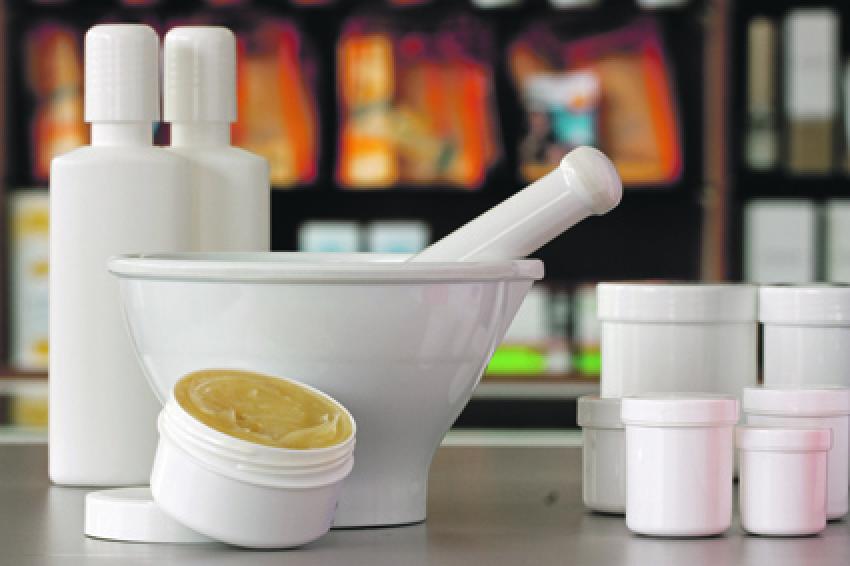Insight into the Cosmeceutical Market
11.04.2013 -
The global population grows older while increasing social pressures drive individuals to look younger. Consumer awareness has risen for cosmeceutical products which offer a way to keep up appearances without going under the knife, a new report by market experts GBI Research says.
The report states that the market for cosmeceuticals - cosmetics which contain active pharmaceutical ingredient to exhibit therapeutic effects on the skin - represents the fastest growing segment of today's personal care industry. Demand is spiraling, driven mainly by anti-aging products, which offer an alternate to cosmetic surgical procedures, which promise more dramatic results but at a higher cost in terms of time, money and safety.
What's Inside?
Cosmeceuticals encompass a wide range of products. For example, anti-dandruff shampoo is a cosmetic as it cleanses the hair, but is also a pharmaceutical as it treats the scalp. Similarly, a tinted moisturizer may offer cosmetic enhancement while providing sun factor protection and anti-aging properties. Common ingredients in cosmeceuticals include hydroxy acids such as salicylic acid, antioxidants such as vitamins C, and natural botanicals such as aloe vera, along with enzymes, hormones, and topical anesthetics.
Cosmeceuticals are not officially recognized by the Food and Drug Administration (FDA), so while products are tested for safety by the manufacturer and the FDA, proof of the claimed therapeutic advantages is not demanded. Many cosmeceutical marketers include ingredients with only have anecdotal evidence of its effects, and make no direct claims concerning results. The consumer is often left to guess at associations between elaborate ingredients and purported outcomes.
However, cosmeceuticals must adhere to specific regulations for Good Manufacturing Practices (GMP) to ensure that products are not misbranded. Product efficacy is scrutinized by the US Federal Trade Commission (FTC), and cosmeceutical products that are perceived to be promising unrealistic expectations may be pulled from the shelves.
Cosmeceutical marketers must also adhere to guidelines set by the FTC for product marketing, which censor exaggerated or false product claims. Misrepresentative advertising is a matter of constant debate in the beauty industry, with fake eyelashes used in mascara adverts and airbrushing applied to anti-wrinkle cream poster girls. Big claims are made in the highly competitive, billion dollar industry.
The Players
The market is dominated by a small number of large players such as Procter & Gamble (P&G), L'Oreal, Unilever and Beiersdorf, who attribute their success to building big brands such as Olay, L'Oreal, Garnier and Nivea with massive marketing budgets.
The Markets
The cosmeceuticals markets in the U.S., the U.K., France, Germany, Italy, Spain and Japan were estimated to be worth $30.9 billion collectively in 2011, with the combined markets expected to reach $42.4 billion by 2018, following growth at a CAGR of 4.6%. Presently, cosmeceutical companies rely on developed nations, but increasing wealth in emerging markets such as Latin America, China and India is expected to see products reach out to an even wider audience in the future.
Contact
GBI Research
Knowsley House
Bolton, BL1 2AH
+44/1204/543528





